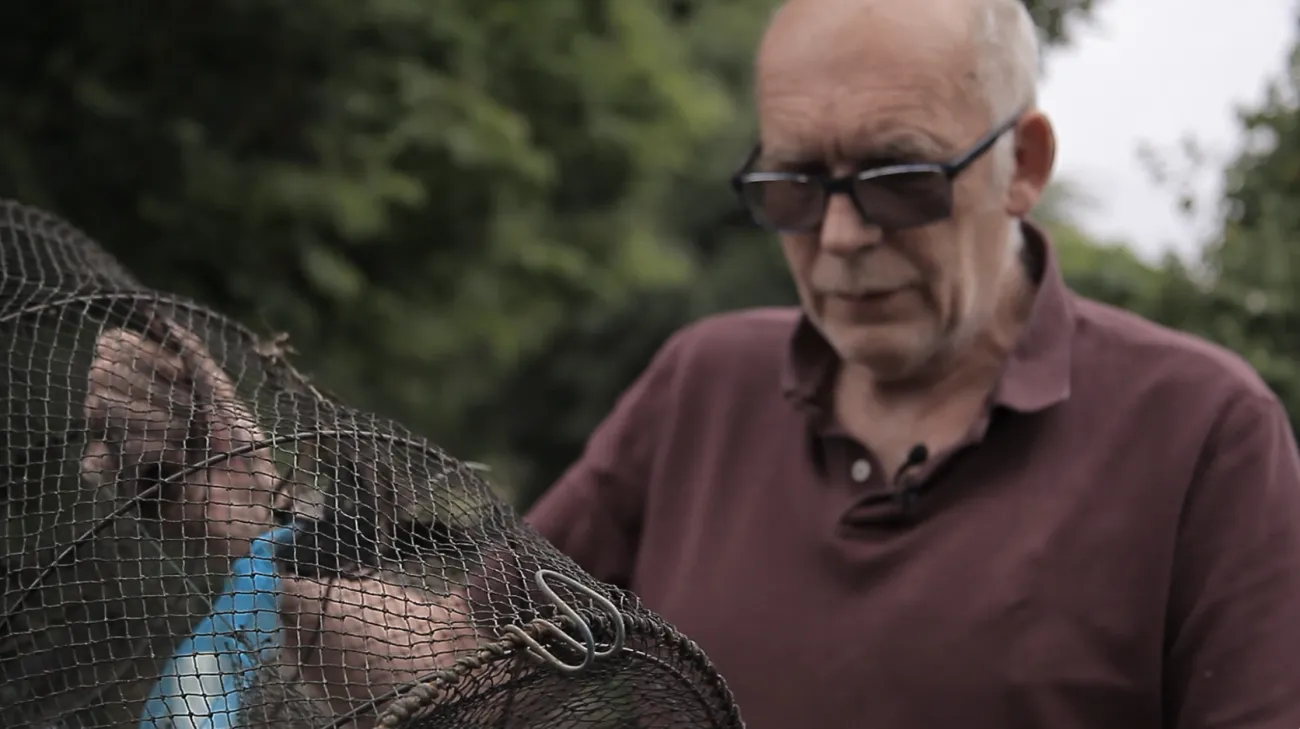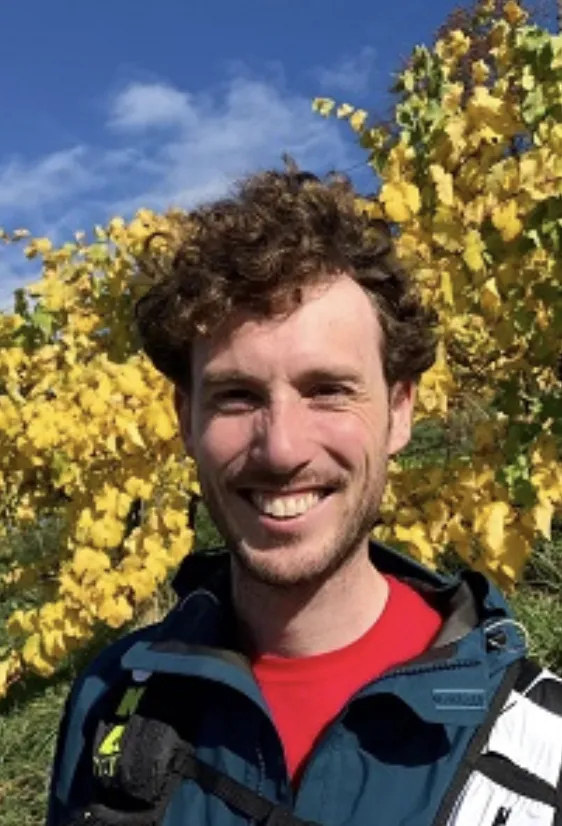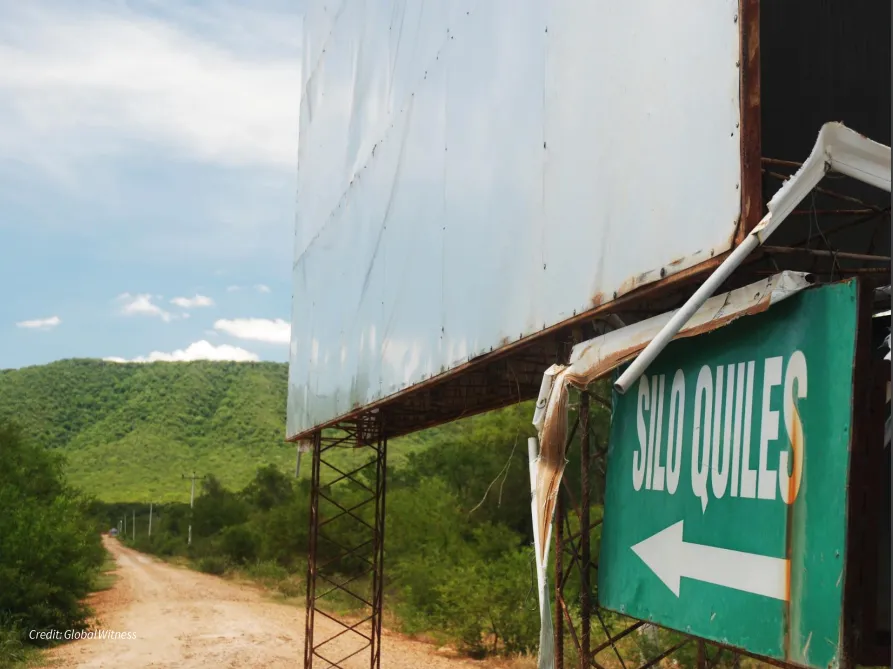Episode summary
Is it possible to eat enough white-tailed deer to keep their populations low enough to restore ecosystems? We posed this question to Bernd Blossey, professor at Cornell University who specializes in the management of invasive species and the restoration of disrupted ecological relationships.
In this episode, we look at the history of white-tailed deer in the eastern forests of the United States, how many we would need to harvest to keep the population in check, and whether the concept of ecosystem balance is scientific or a fantasy.
This is the third and final part of our series exploring whether we can eat our way out of the problems we’ve created. Let us know what you think by sending us an email or a voice memo to podcast@tablededebates.org.
About Bernd Blossey
Bernd Blossey born and raised in northern Germany. He went to school at Kiel University, initially interested in a degree in marine biology. Bernd then became fascinated by insects; followed by birds, plants and mammals and it became clear to him that he was an ecologist with wide ranging interests. After spending a summer internship at the Commonwealth Institute of Biological Control in Switzerland in the mid 1980's, he started his Masters work, which developed into a PhD, studying the insect communities on purple loosestrife. This study was motivated by the interest of potentially using insects from the native range of purple loosestrife as biological control agents. In 1992, Bernd
moved to Cornell University, initially as a post-doc and Research Associate and he is now an Associate Professor in the Department of Natural Resources.
Bernd directs the Ecology and Management of Invasive Plants Program at Cornell University. Bernd continues to develop and implement biological weed control programs. Among his target plants are purple loosestrife, garlic mustard, and invasive Phragmites. An ever increasing focus of his team are investigations into impacts of multiple “stressors” including of invasive and native plants, earthworms, slugs and deer on a wide range of native organisms. He is intimately involved in different approaches to deer management at Cornell and in the surrounding municipalities, he has developed a network or deer exclosures to study impact of deer on many species and processes, and is developing bioindicators to assess effects of different stressors, including deer. The ultimate aim of this work is to increase the conservation values of all lands through development of best management practices.
Background reading and resources
The Atlantic: Nature doesn't care where a species is from (Emma Marris, 2024)
Cornell Chronicle: Bring back the wolves – but not as heroes or villains (Susan Kelley, 2022)
Related Feed episodes
Eating invasive crayfish - a solution to our ecological mess?
Grasshoppers - agricultural pest or sustainable food?
Should food systems be more natural?



Comments (0)